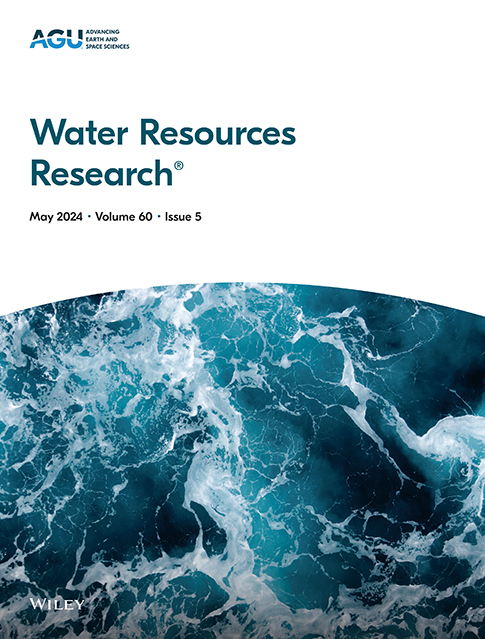Rapid and Automatic UAV Detection of River Embankment Piping
IF 4.6
1区 地球科学
Q2 ENVIRONMENTAL SCIENCES
引用次数: 0
Abstract
With flooding events expected to increase in both intensity and frequency in the future due to climate change, ensuring the safety of river embankments is vital to withstand flood disasters. Piping is one of the most harmful river embankment hazards in the flood season, and recent advances in unmanned aerial vehicles (UAVs) and deep learning-based object detection have enabled efficient and automated hazard detection. In this study, a novel approach that integrates a UAV with deep learning-based object detection and edge computing was proposed for rapid and automatic piping detection. First, a total of 104 field simulation experiments were conducted across 12 different sites in flood-prone areas to fill gaps in the high-quality data set, and the UAV thermal infrared and visible data sets of river embankment piping were produced, including various times (forenoon, afternoon, and night), weather conditions (clear-sky, cloudy, and rainy), locations (bare land, paddy, grassland, and pond) and flight altitudes (10, 20, and 30 m). Second, the deep learning-based object detection model was selected and trained on the thermal infrared and visible data sets. The well-trained infrared and visible models have detection precisions of 92.7% and 70.4%, respectively, with recalls of 84.9% and 69.7%. Furthermore, both models exhibited great resistance to interference from several types of aquatic vegetation and could effectively detect piping on rainy days. The integration of a UAV and edge computing enabled real-time detection of piping. The proposed method enhances hazard detection efficiency, contributing to intelligent emergency embankment management.求助全文
约1分钟内获得全文
求助全文
来源期刊

Water Resources Research
环境科学-湖沼学
CiteScore
8.80
自引率
13.00%
发文量
599
审稿时长
3.5 months
期刊介绍:
Water Resources Research (WRR) is an interdisciplinary journal that focuses on hydrology and water resources. It publishes original research in the natural and social sciences of water. It emphasizes the role of water in the Earth system, including physical, chemical, biological, and ecological processes in water resources research and management, including social, policy, and public health implications. It encompasses observational, experimental, theoretical, analytical, numerical, and data-driven approaches that advance the science of water and its management. Submissions are evaluated for their novelty, accuracy, significance, and broader implications of the findings.
 求助内容:
求助内容: 应助结果提醒方式:
应助结果提醒方式:


